Why Dance? Why Now?
Dance is an important part of the PE curriculum as it helps pupils develop coordination, creativity, confidence, and teamwork. It is also an important part of the National Curriculum which we ensure we adhere to.
In Year 5, pupils are introduced to the core components of dance and begin learning how to build simple routines.
In Year 6, they build on this foundation by exploring choreography in greater depth and working collaboratively to create and perform a themed group routine.
At KS3 pupils will build on their prior experience in Years 5 and 6, pupils will now explore Capoeira – a unique Afro-Brazilian art form that blends dance, martial arts, acrobatics, and music more advanced movement sequences and learn to choreograph their own Capoeira-inspired routines.
What Will My Child Learn?
Year 5: Introduction to Dance
-
Learn the five key components of dance (jump, turn, gesture, stillness, travel).
-
Understand how to structure a simple routine.
-
Begin working both individually and in pairs or small groups.
-
Prepare for creating group routines in later units.
Year 6: Developing Choreography
-
Apply prior knowledge to more advanced choreography tasks.
-
Study and replicate movements from popular routines (e.g., Thriller).
-
Collaborate in groups to develop, rehearse, and perform a themed routine.
-
Explore performance elements like characterisation, timing, and expression.
Year Group: 7
-
Understand the origins and cultural significance of Capoeira.
-
Master foundational techniques such as the Ginga, Esquiva, Meia-lua de Frente, Negativa and Armada.
-
Develop balance, coordination, and flow in a non-contact, performance-based setting.
-
Work safely with partners to refine sequences and choreograph a final dance piece.
Key Learning Strands
Throughout the unit, pupils will learn and use key dance terminology. They will be assessed across three strands
-
Skill – Movement technique, coordination, and rhythm.
-
Knowledge – Understanding dance structure and choreography.
-
Core Values – Teamwork, confidence, respect, and resilience.
Disciplinary Knowledge
Pupils will:
-
Make sense of what dance is and its purpose.
-
Understand how choreography is created and its expressive potential.
-
Make connections between dance, culture, music, and emotion.
What Will Lessons Look Like?
Each lesson follows a consistent structure to support learning:
-
Connect – Revisit prior knowledge
-
Explain – Introduce new content
-
Example – Model the movements
-
Attempt – Practise together
-
Apply – Use in a routine
Extra-curricular Dance at Chantry Middle School
Our extra-curricular dance sessions provide a vibrant and creative outlet for pupils of all abilities. Held every Wednesday after school, these sessions allow dancers to express themselves through movement while exploring the use of props and costumes to enhance their performances.
The sessions foster a supportive and inclusive environment where every pupil who wishes to dance is welcomed, regardless of their experience or skill level.
Dance club members also have the opportunity to take part in the school’s annual musicals, with choreography designed to ensure all aspiring dancers are included as part of the performance troupe. Recent productions have featured exciting performances in shows such as The Lion King, Matilda, Fame, and Aladdin, celebrating the teamwork, creativity, and talent of our young performers.

